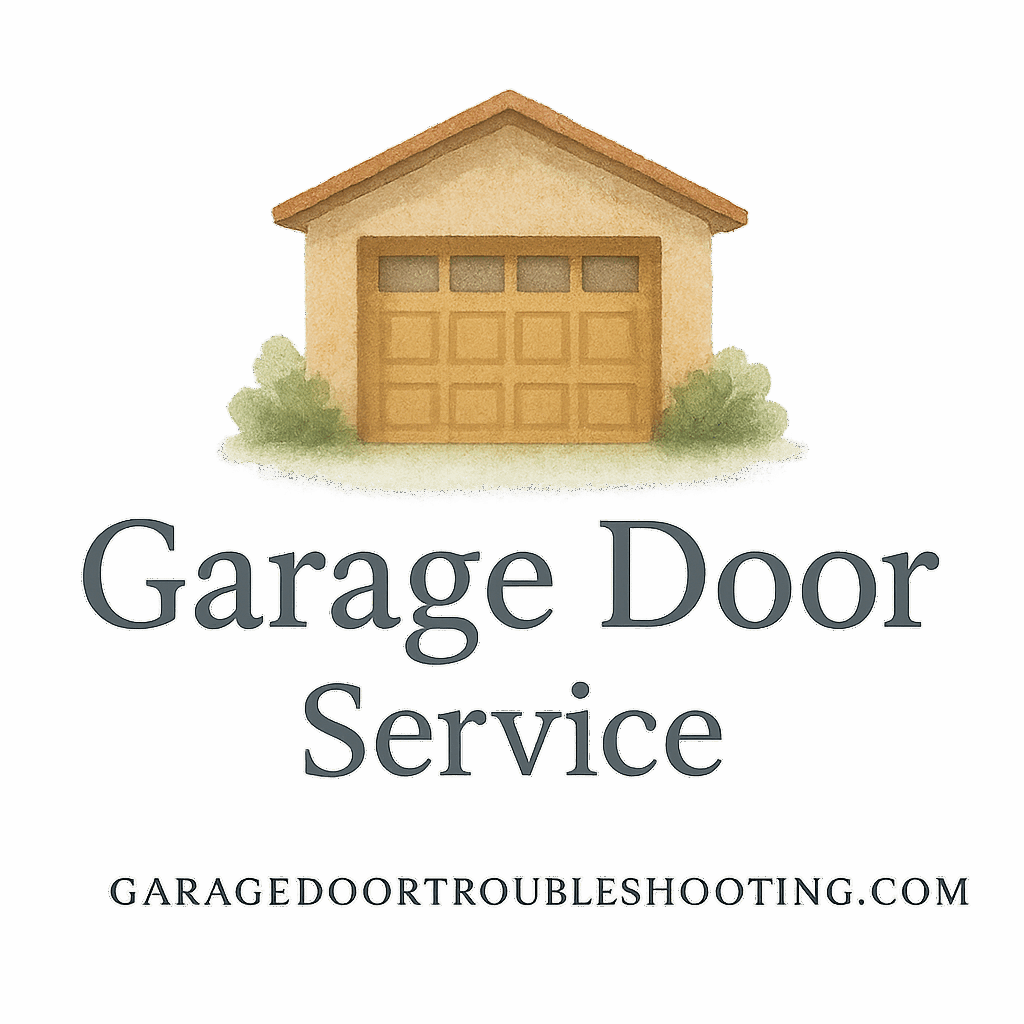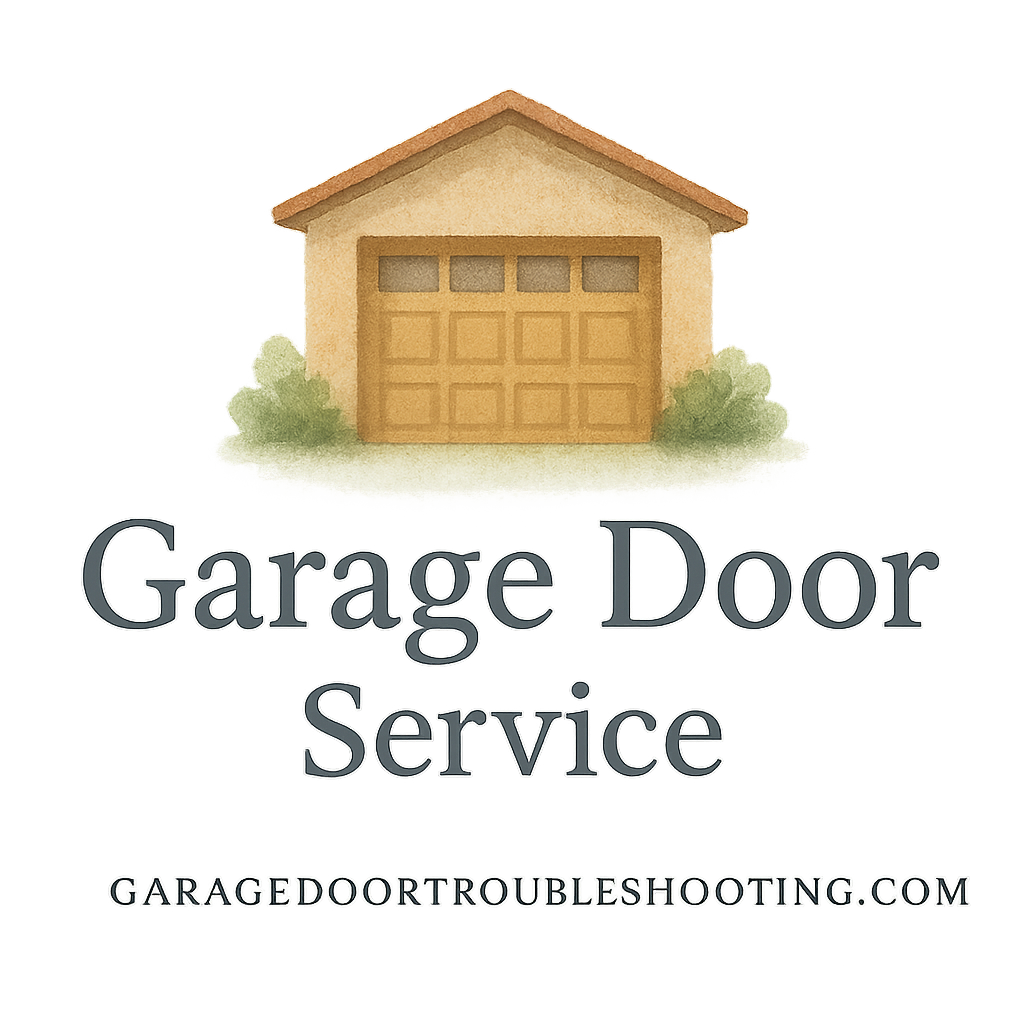Introduction
Spring is the season when many homeowners realize their garage doors need a little extra attention. After enduring winter’s cold and moisture, parts often loosen, springs weaken, and motors strain. The problem? Garage door repairs can quickly get expensive if you’re not proactive. But here’s the good news—you don’t need to drain your wallet to keep your garage door in top shape.
In this guide, I’ll walk you through 10 cost-saving tips for spring garage door repairs that are practical, budget-friendly, and safe. Whether you’re a DIY enthusiast or prefer hiring professionals, these tips will help you save money without compromising quality.
And if you want even more advice, you can check out trusted resources like Garage Door Troubleshooting for detailed guides and homeowner-friendly tips.
Why Garage Door Repairs Get Expensive
Seasonal Wear and Tear in Spring
Spring weather brings fluctuating temperatures and increased humidity, which can affect springs, tracks, and even the door panels. If small issues aren’t caught early, they often escalate into costly breakdowns.
Hidden Costs of Neglecting Repairs
Ignoring a noisy spring or misaligned track may seem harmless at first, but it can lead to bigger problems like damaged openers or broken panels. That’s why repairs become more expensive the longer you wait.
Tip 1: Perform Regular Garage Door Maintenance
One of the easiest ways to cut costs is through prevention. A well-maintained garage door lasts longer, runs smoother, and requires fewer major repairs.
Lubricating Moving Parts
Apply a high-quality silicone-based lubricant to hinges, rollers, and springs. This small step reduces friction, prevents rust, and extends the lifespan of parts.
Tightening Loose Hardware
Garage doors move thousands of times a year. Naturally, bolts and screws loosen. A quick tightening session every spring can save you from bigger issues later.
For more structured advice, check out Garage Door Maintenance Tips.
Tip 2: Catch Problems Early
Signs Your Garage Door Needs Attention
- Unusual grinding or squeaking noises
- The door jerks when opening or closing
- Delayed response from the opener
- Sagging or uneven movement
Spotting these warning signs early allows you to fix small problems before they become expensive disasters.
Avoiding Dangerous Repairs
Certain issues, especially spring or cable replacements, are risky. Attempting them without training could lead to injury. Explore this helpful tag: Dangerous Repairs.
Tip 3: Do Simple DIY Fixes Yourself
DIY repairs can save money, but only if you know your limits.
When DIY is Safe
- Cleaning garage door tracks
- Replacing weatherstripping
- Lubricating rollers
- Resetting the opener
Tasks Better Left to Professionals
If you’re dealing with broken torsion springs or electrical wiring, it’s safer—and cheaper in the long run—to hire an expert. Visit Garage Door Repair Guides for step-by-step advice.
Tip 4: Invest in a Maintenance Plan
Think of a maintenance plan as health insurance for your garage door.
Long-Term Benefits of Scheduled Check-Ups
Professional inspections catch hidden issues early. A small fee for routine maintenance can save you hundreds on emergency repairs.
Comparing Service Contracts
Not all contracts are equal. Look for plans that include emergency visits, discounts on parts, and annual inspections. Learn more about Maintenance Plans.
Tip 5: Shop Around for Service Providers
How to Compare Quotes
Don’t jump at the first estimate. Request at least three quotes to compare prices, warranties, and response times.
Why Service Quality Matters More Than Price
Cheapest doesn’t always mean best. A poorly done repair might cost you double in the future. Check Garage Door Services Professionals for guidance on choosing trusted providers.

Tip 6: Upgrade Wisely When Needed
Sometimes, upgrading your garage door is more economical than constant repairs.
When a New Door Saves More Money
If your garage door is over 20 years old and breaking down often, consider replacement. You’ll save money on constant repairs and energy costs. Explore the New Door tag for advice.
Choosing Energy-Efficient Models
Modern doors with better insulation reduce heating and cooling costs. It’s a one-time expense with long-term savings.
Tip 7: Learn Basic Troubleshooting
Common Garage Door Issues You Can Handle
- Remote not working (check the batteries)
- Door won’t close fully (adjust sensor alignment)
- Opener light flashing (consult the manual)
Tools Every Homeowner Should Have
Keep a simple kit with a wrench, level, silicone spray, and replacement batteries. It’ll save you a service call for minor problems. See Garage Door Installation Advice for setup insights.
Tip 8: Use Professional Services Strategically
Knowing When to Call an Expert
Call professionals for torsion springs, wiring, and major track issues. These repairs are too risky and costly to DIY.
Avoiding Overpriced Repairs
Before approving any job, ask:
- Is this repair urgent?
- Are there cheaper alternatives?
- What’s covered under warranty?
You can check the Professional tag for more advice.
Tip 9: Focus on Garage Door Safety
Preventing Costly Accidents
A poorly maintained garage door can injure people or damage cars. Safety checks prevent accidents—and lawsuits. Explore Garage Door Safety & Security.
Childproofing Your Garage Door
Families should pay attention to child safety. Simple additions like motion sensors and auto-reverse features can save lives. Read more in Childproof.
Tip 10: Plan Ahead for Seasonal Maintenance
Spring Preparation Checklist
- Test auto-reverse system
- Clean photo-eye sensors
- Inspect weatherstripping
- Check balance and alignment
Budgeting for Garage Door Repairs
Set aside a small yearly budget. It’s easier to handle predictable maintenance costs than unexpected emergencies. Visit Homeowner Tips for more planning ideas.
Additional Cost-Saving Advice
Communication with Providers
Don’t be afraid to negotiate. Clear communication ensures you’re not paying for unnecessary extras. Browse Communication for tips.
Asking the Right Questions
Questions like “Do you offer warranties?” or “What’s your service quality guarantee?” protect you from overspending. See the Questions section for inspiration.
Conclusion
Spring doesn’t have to bring expensive garage door surprises. With 10 cost-saving tips for spring garage door repairs, you can prevent problems, handle simple fixes, and know when to call the pros. A little preparation and smart decision-making will save you hundreds—sometimes thousands—in repair costs.
For more expert insights, visit Garage Door Troubleshooting.
FAQs
1. How often should I maintain my garage door in spring?
At least once a year, ideally at the start of spring.
2. Can I replace garage door springs myself?
It’s dangerous. Always hire a professional for spring replacement.
3. What’s the cheapest DIY repair I can do?
Lubricating parts and replacing weatherstripping are easy and affordable.
4. How much does a typical garage door repair cost?
On average, $150–$350, but costs vary based on parts and labor.
5. Is a maintenance plan really worth it?
Yes—regular checkups prevent expensive emergency repairs.
6. Should I repair or replace my old garage door?
If repairs cost more than half the price of a new door, replacement is smarter.
7. What’s the biggest money-saving tip overall?
Catching problems early before they turn into major repairs.


